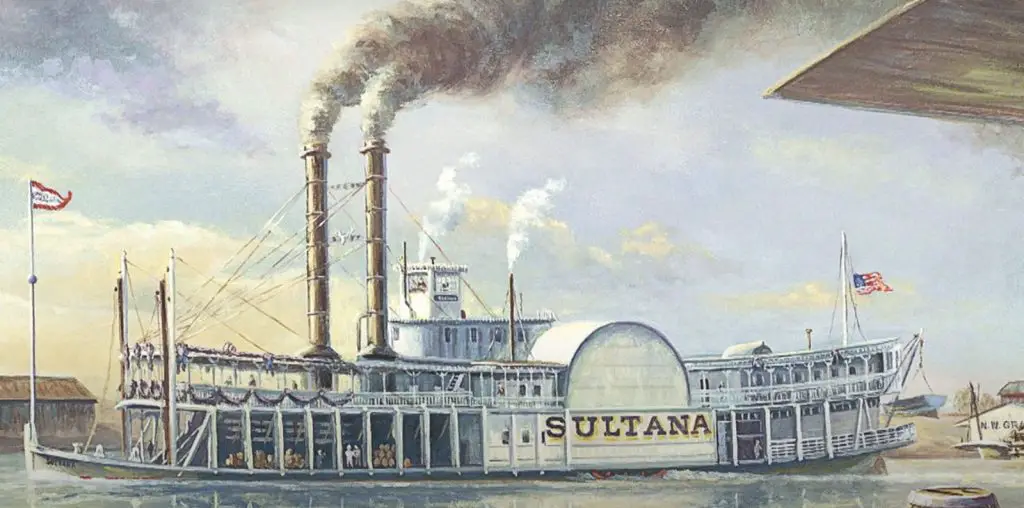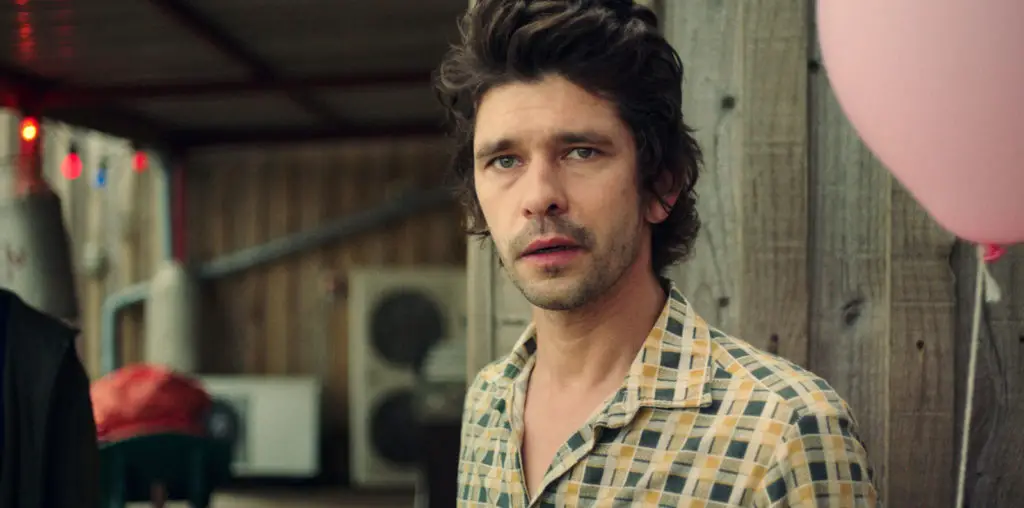
Battle Royale made its controversial entrance into cinema in 2000. A tale of a dystopian future where adults so fear the youth that the government passes an educational reform act whereupon a random class of 15 year old students is released on an island with the sole purpose of killing each other until only one survives, Battle Royale garnered both shock and praise from audiences in Japan. Its sequel, released 3 years later, continued the tale, expanding the story to one of a larger rebellion and more traditional action narrative.
Here in the States, with the films lacking a U.S. distributor for over a decade, Battle Royale and its sequel were enjoyed via imports. Meanwhile, in 2009, Quentin Tarantino named the film his overall favorite of 20 top films to be released since he began making movies in 1992 and now, in 2012, The Hunger Games book trilogy-turned-film-franchise has brought Battle Royale into the mainstream conversation again.
So it’s not surprising that the Battle Royale collection would be released (officially, no need for an import) in North America for the first time the same week as The Hunger Games comes out in theaters, considering how consistently compared the two are, both fairly and unfairly. I wouldn’t be surprised if people found their way to Battle Royale due to those comparisons, and that very reason might be why you’re reading this now. The fact is, while the two properties share some core similarities (a government forcing young adults or children to fight to the death), they are different in just enough ways to make them thematic relatives though not identical twins.
The Hunger Games book trilogy is a tale of oppression and eventual mass rebellion, and while Battle Royale also shares these themes, particularly when both BR films are taken into account (and likely the original book, though I have not read it), it is handled in an entirely different fashion. Basically, while the “what” may be similar, the “how” and the “why” is different. And while the brutality found in the book trilogy could be considered comparable to anything shown onscreen in Battle Royale, the PG-13 The Hunger Games film adaptation comes nowhere near the Battle Royale experience. In other words, while it would not be incorrect to talk of both properties if discussing the similar themes, it would be incorrect to say that “The Hunger Games is just ripping off Battle Royale,” or vice versa (an idea that, while odd considering Battle Royale precedes The Hunger Games trilogy by a number of years, is also one I’ve heard expressed).
It’s best to look at the properties as separate beasts, and enjoy them for what they are. And in that spirit, whether you’re new to Battle Royale or a longtime fan, this collection is a gorgeous way to experience all that is Battle Royale. Spread over 4 discs, Battle Royale: The Complete Collection gives you two versions of the original Battle Royale film (a director’s and theatrical cut), the sequel, Battle Royale II: Requiem, and an entire disc of nothing but special features, including a making of, a documentary, trailer, auditions and rehearsal footage, tv spots and other goodies. On top of that, the set is designed to look like a school textbook, or student yearbook (a nice touch considering the subject matter, and a pretty edition to any collector’s shelf).
If you owned an import DVD of the Battle Royale films, as cool as they are, this is a full-scale, beautiful Blu-Ray collection to absorb and adore, and a must-buy. That said, while I don’t think Battle Royale is for everyone (though I do think the majority of folks who read this site will likely go for the films, if they haven’t already), they still hold a controversially historical significance in cinema, and are worth exploring. And if conversation and comparison to The Hunger Games gets tiresome, just think of it this way: if The Hunger Games hadn’t gotten so popular, we might not have this collection to enjoy, or at least not at this point in time. I’ll take the occasional debate about the two properties, as long as I get to enjoy both.

